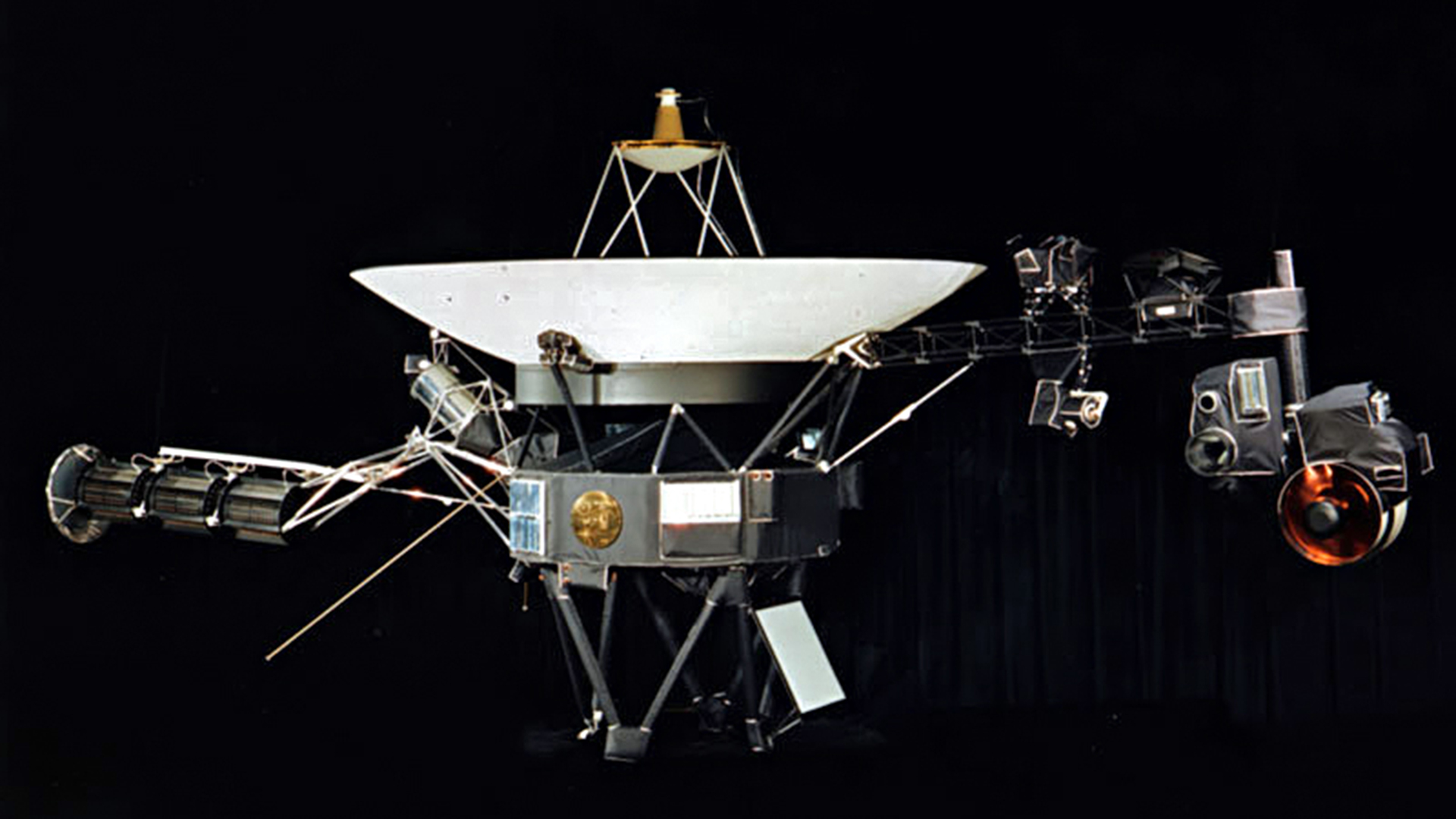Voyager 1 has woken up. Out there, in interstellar space, tens of billions of miles from us, beyond the solar wind, lost in that great silent dark both the Voyager satellites move ahead.
For some time, Voyager 1 had been transmitting gibberish. It’s hardly surprising. It launched in 1977. Over 12 years ago it had already gone further than any other man-made object ever. But rocket scientists, being, you know, rocket scientists, set about fixing it. I struggle to find the stopcock to fix a leaky tap. They had to repair a broken computer chip on something 15 billion miles away.
And they did. So now this bundle of metal can keep telling scientists all manner of things. I don’t understand what they’re waiting to hear. Already, the Voyagers, initially conceived to give us some more information about Jupiter and Saturn, have been remarkable in what they’ve found – for instance, 23 new moons in the outer planets of our solar system.
Get the latest news and insight into how the Big Issue magazine is made by signing up for the Inside Big Issue newsletter
All of this is dandy and no doubt helps our understanding of how the universe was formed (I don’t know if it does, but space experts frequently say such things) but that’s not why Voyager 1 and 2 are really interesting. They’re really interesting because of the record.
Each Voyager carries a gold-plated record encrypted with the knowledge of life on earth. It’s a really glorious creation. It looks beautiful and it says something of the era in which it was conceived that the best way considered to carry information was on a 12-inch record. They’ve also sent a stylus and instructions for use. If life beyond us gets hold of it, and it’s not scratched, and they have a decent record player, secrets will unfold.











